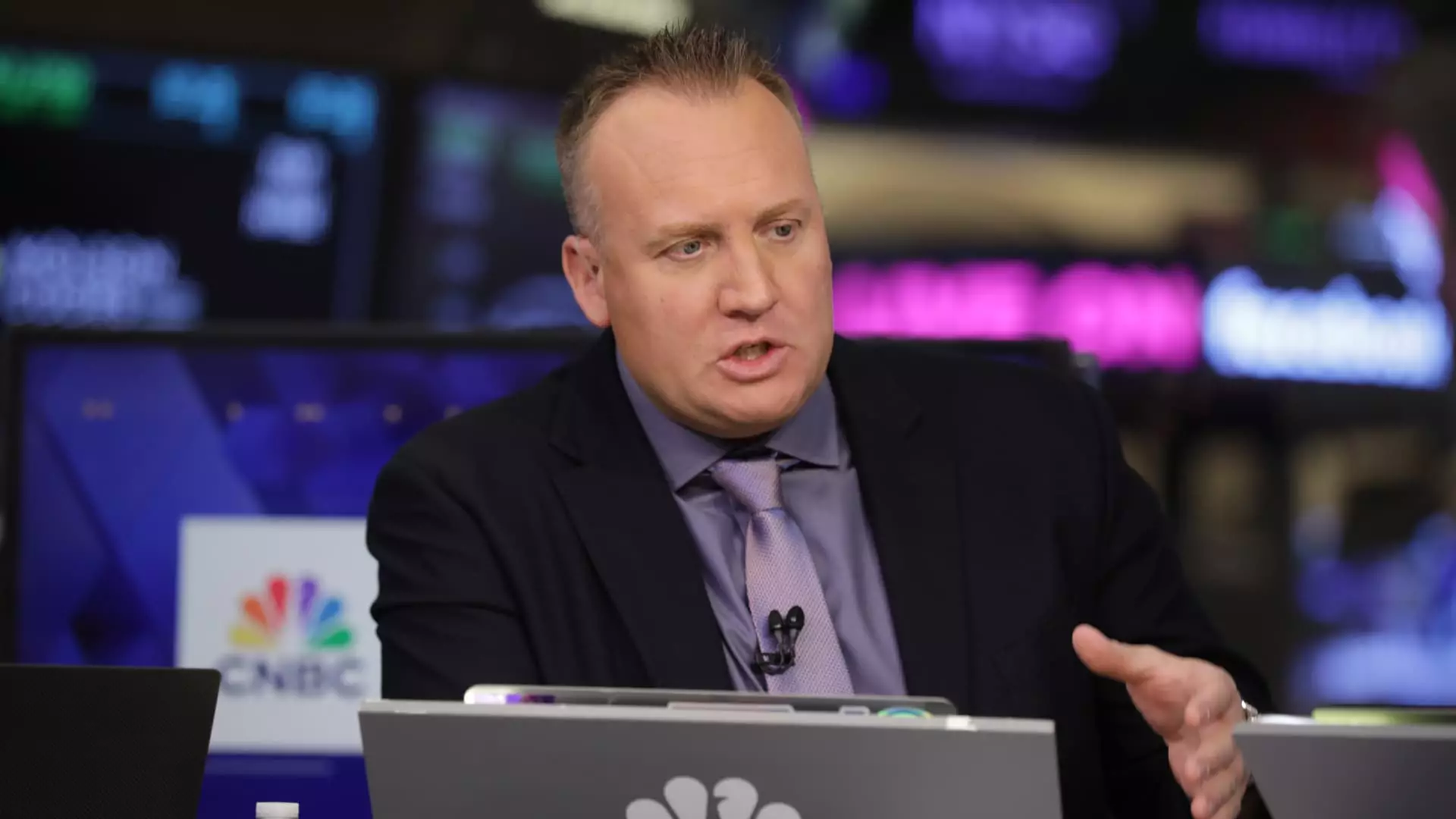Exposing the Illusion: Why Wall Street’s Obsession with Rate Cuts Could Backfire in 2025

Investors today are fixated on the tantalizing prospect of Federal Reserve interest rate cuts in 2025, clinging to the belief that cheaper borrowing will inevitably ignite stock markets and stimulate economic prosperity. However, this obsession is fundamentally misguided. The narrative breeders craft around rate cuts as a panacea for economic woes is a dangerous illusion, masking the reality that monetary policy alone cannot compensate for underlying structural weaknesses. As Josh Brown from Ritholtz Wealth Management rightly points out, “a rate cut doesn’t matter,” especially when it becomes a vanity metric rather than a strategic lever. Pining for lower rates under the misconception that they will unlock undervalued stocks is a reckless gamble on a false premise — one that could lead investors astray just as the cycle begins to turn.
Misplaced Expectations and the Real Drivers of Growth
The market’s fixation on a potential easing cycle overlooks a critical reality: actual economic growth is driven by fundamental factors such as corporate investment, technological innovation, and productivity improvements, not merely monetary policy adjustments. The recent surge in giants like Nvidia underscores this truth. Their remarkable ascent—culminating in a $4 trillion market cap—reflects how technological breakthroughs, particularly in artificial intelligence, are setting the pace for future earnings. Brown emphasizes that capital expenditures, rather than rate cuts, are the true engine of corporate growth. In fact, the so-called “Magnificent Seven” are thriving precisely because of strategic investments in innovation, rather than because of anticipated monetary easing. Expecting rate cuts to propel stocks without addressing foundational economic activity is a shortsighted approach that ignores what really moves markets.
The Danger of Overreacting to Central Bank Signals
Most central bank officials’ assessments about potential rate reductions are often exaggerated or misconstrued by market participants eager for relief. The Federal Reserve’s June minutes reveal a measured stance—acknowledging that some reduction might be appropriate but differing widely on the specifics. Yet, traders often extrapolate these tentative signals into concrete expectations, pricing in multiple rate cuts that may never materialize. This disconnect creates artificial confidence, blinding investors to the realities of an economy that continues to grapple with inflation, labor market shifts, and geopolitical uncertainties. Brown dismisses the notion that current high rates are excessively oppressive, likening rate cut fever to a misguided craving for a decongestant—hopeful but ultimately futile when the underlying health issues remain unresolved.
The Illusory Comfort of Easy Money in a Fragile Economy
The obsession with interest rate cuts also fosters complacency, encouraging investors to ignore evidence of economic fragility. Historically, markets that rely heavily on monetary easing as a crutch face increased vulnerabilities when those supports are finally withdrawn. The belief that “rates are probably too high,” as Brown suggests, reflects a fundamental misjudgment—raising questions about whether policymakers are genuinely concerned or just responding to short-term market whims. True economic resilience requires genuine productivity growth, robust consumer spending, and technological advancements—not superficial ease provided by lower interest costs. When investors chase after a soft landing through policy easing, they ignore the possibility that such complacency might just postpone, rather than prevent, the inevitable correction.
Why a Focus on Structural Innovation Is the Real Power Play
In a landscape dominated by speculative fervor, those who recognize the importance of structural innovation stand to benefit most. Brown underlines the significance of technological progress, especially in artificial intelligence and cloud infrastructure like AWS, as the real game-changer for future earnings growth. Stocks like Amazon are undervalued not because they’re riding a wave of liquidity, but because their strategic investments lay the groundwork for decades of sustained growth. This emphasis on foundational innovation over transient monetary policy adjustments is crucial; it signals a shift towards understanding that economic vitality depends on meaningful breakthroughs, not temporary rate cuts.
By systematically ignoring these fundamental drivers, Wall Street risks falling into a trap of complacency, overestimating the power of monetary policy, and underestimating the importance of innovation and productivity. In the end, the market’s obsession with rate cuts may serve as a distractive myth—a mirage that leads investors into complacency, setting the stage for disappointment when economic realities finally assert themselves. Those who look beyond the surface and focus on true growth catalysts will likely be better positioned to navigate the turbulent waters ahead.





